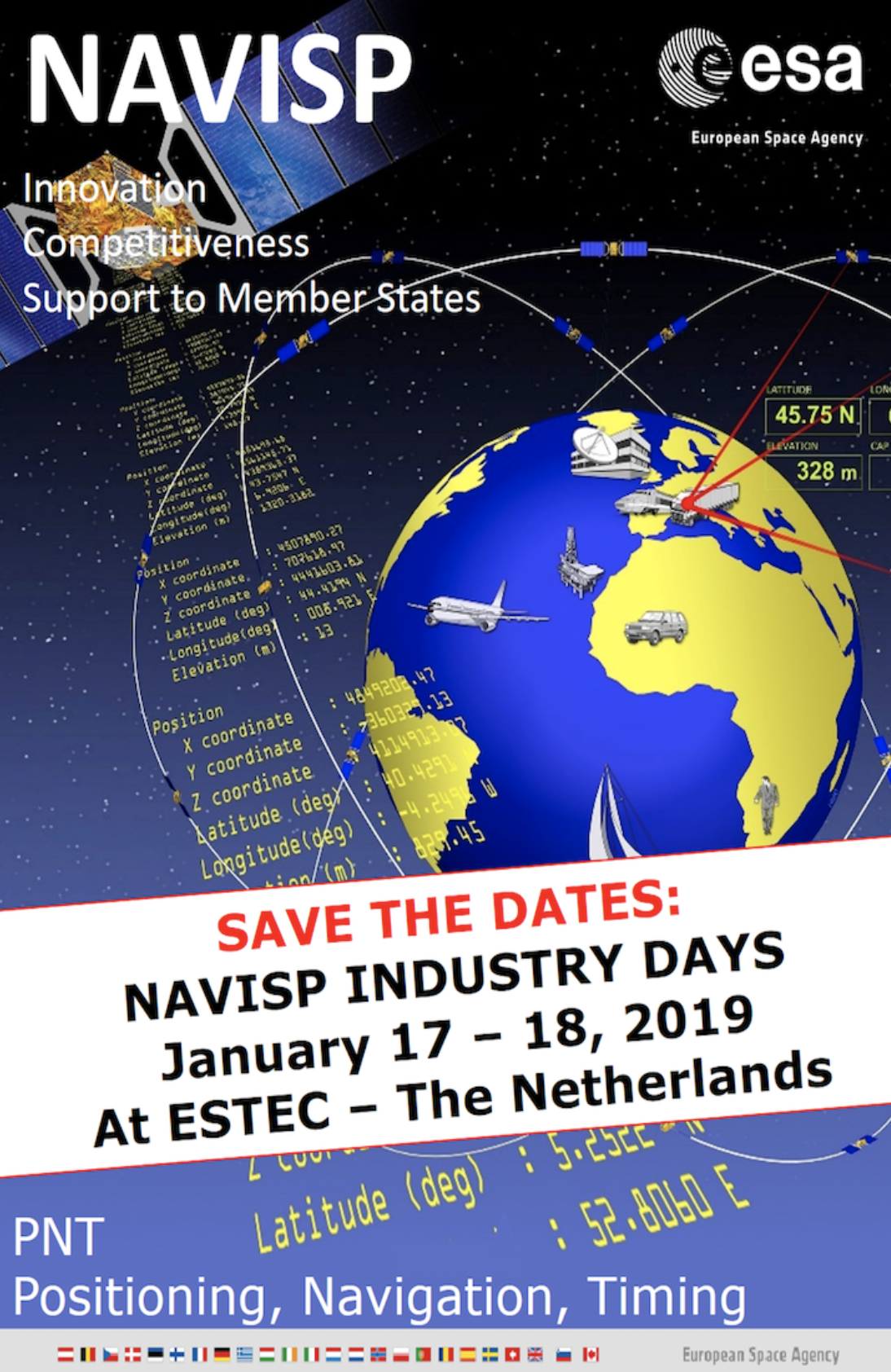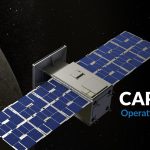Imagine a day without satellites. From navigation to communication to power grids, weather forecasting and environmental monitoring, nothing would be the same. Much of modern life would grind to a halt.
It could happen, should the sun erupt in a superstorm. The plenary presentation at the Institute of Navigation’s GNSS+ conference explores the impact on society of waking up to a day without satellites.
Dr. Pal Brekke, a solar physicist and senior advisor at the Norwegian Space Agency, will give the keynote presentation on this topic in Miami on Tuesday evening, September 17.
Following him to the podium, Dr. Nicola Fox from the U.S. National Aeronautics and Space Administration will outline how NASA’s fleet of spacecraft strategically placed throughout the solar system informs us on the workings of the universe and helps protect our technology-dependent society. Her portfolio ranges from the Parker Solar Probe at the Sun’s edge, observing the start of the solar wind driving the system, to satellites around Earth, to the farthest human-made object, Voyager, beaming back observations on interstellar space.
Then three full days of technical presentations get underway, covering every aspect of positioning, navigation and timing. Among the concluding programs on Friday, September 20, is Session B5: Trends in Future Satellite Navigation Technology, System Design and Development.
Considering that the entirety of mid-Earth orbit GNSS satellites will total about 120 in the next decade — not to mention thousands of low-Earth orbit satellites that could also play a PNT role — transmitting more than 300 GNSS signals in multiple frequencies, well, that’s just a whole lot of binary phase shift keying and binary offset carrier modulation to discuss.
Inside GNSS’ staff will be out in full force, covering the conference and canvassing the sessions for the most important new research developments to convey to you in the coming months. If you are fortunate enough to attend the conference, stop by the magazine’s booth, #412 near the center of the show floor, to gather the latest intelligence.
If you’re not travelling to ION GNSS+ in Miami this September, just sit back — we’ll bring it to you!






